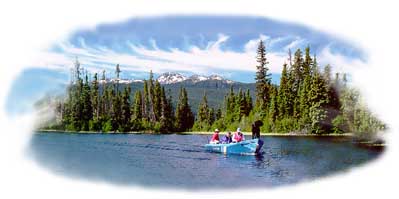
 Black Morels magically appear from beneath the leaf litter in early Spring |
Film
The new 200 and 400 speed Print Films are great for Outdoor Photography and can be used under almost light conditions.The recreational photographer needn't generally use anything else. Bring along some 800 if you want to try some long lens tele-shots or night sky shots. It's always good to bring along some slower film, as well (100 ASA). These slow films are great longer exposures of still scenes and strong saturated colours. Lens and Gear
We suggest a standard range of lens: * a straight 50 mm * a good Wide Angle Lens * a 70mm to 200mm Zoom Lens * or a 28mm to 80mm (if you don't have a wide angle) * a telephoto of at least 200 mm. The zoom-lens numbers are, of course, just to give you an idea. And we suggest that you get the best Telephoto with the most power you can afford. Then using a doubler and/or a tripod you can extend your "reach". A tripod is also important if you want to try some Night Sky Photography. For night-shots be sure to bring an old Manual SLR, one that you can set on "Bulb" for time exposures. Time exposures are really fun to experiment with. Oh, and bring a cable release too. Video
We use Canon and Sony Hi-8 video cameras. Great quality and portable. Although of course any good brand-name Camera will do a good job. We have experience shooting our own videos and can give you some hints. Video batteries (every Videographer should have at least two) can be charged at the lodge. And we have a monitor in camp for viewing daily footage in NTSC and PAL.
|
||||
 "Dancing" Loon |
|||||

